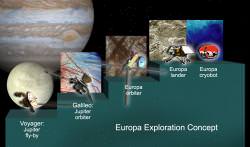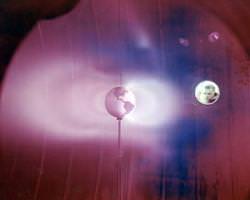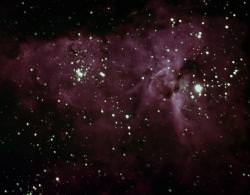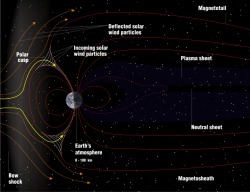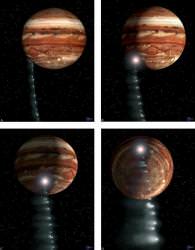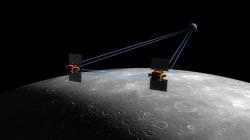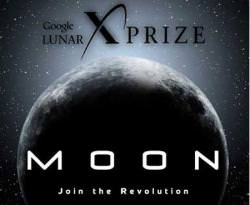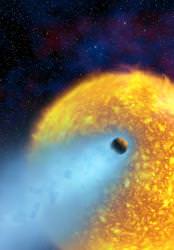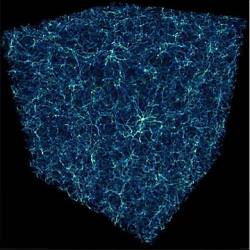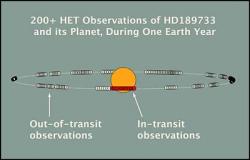Nick had an article last week about a new technique that might help scientists figure out just how deep the oceans on Europa are. Deep oceans with a thin crust might give a rover, or a submarine, a fighting chance to get down to that precious H2O, and sample it for evidence of life. Researchers are seriously discussing the benefits of exploring Europa at the annual meeting of the American Geophysical Union in San Francisco.
According to William McKinnon, a professor of Earth and Planetary Sciences at Washington University in St. Louis, Mo, “We’ve learned a lot about Europa in the past few years.
“Before we were almost sure that there was an ocean, but now the scientific community has come to a consensus that there most certainly is an ocean. We’re ready to take the next step and explore that ocean and the ice shell that overlays it. We have a number of new discoveries and techniques that can help us do that.”
What advances have been made?
There’s the research we talked about; how detailed observations of the Moon’s flexing under Jupiter’s intense gravity, as well as the magnetic variations can tell just how deep the ocean goes.
And new radar sounding techniques have been developed for other spacecraft that would be very useful at Europa. The high-resolution radar system installed on the Mars Reconnaissance Orbiter would be able to peer right through an ice shell on Europa, and give researchers a cross section of the ice. It would be able to locate liquid water under and within the shell, and put the controversy to rest forever.
Engineers are also working on future explorers, such as a project called Endurance, developed by Peter Doran, associate professor of Earth and Environmental Sciences, University of Illinois at Chicago and Stone Aerospace. They’ll be testing an exploration vehicle in Wisconsin in February 2008, and then in Antarctica.
This robotic explorer will be able to create three-dimensional maps of the subsurface lakes in Antarctica and even map out the biochemistry in the water. If there’s life there, Endurance will find it.
Obviously, sending a probe like this to Europa is a long, long way off. But people are chipping away at the problem on both ends. Scientists are making the case that Europa is one of the most enticing scientific targets in the Solar System. And engineers are working out the technologies that could actually make the discoveries.
The future for exploration on Europa is looking brighter every day.
Original Source: University of Texas at Austin News Release

